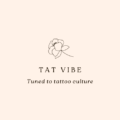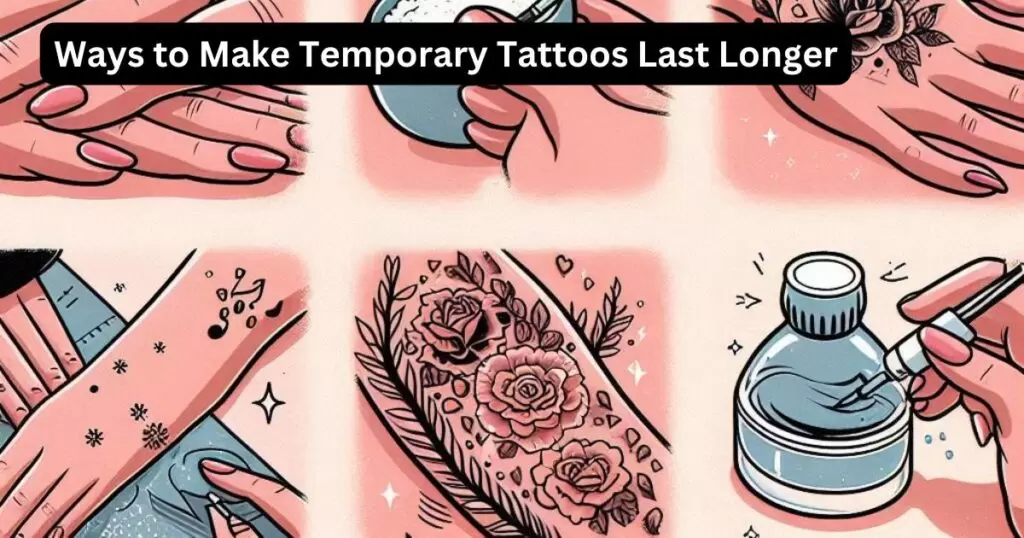There are many different types of tattoo styles, each offering unique aesthetics. Here’s a quick list of different forms of tattoos:
- Traditional
- Neo-traditional
- Realism
- Watercolor
- Cybersigilism
- Tribal
- Blackwork
- Japanese
- Geometric
- Dotwork
- Script
- Minimalist
- New School
- Bio-mechanical
Each tattoo style has its own technique and visual impact. From bold lines in traditional tattoos to the digital and futuristic look of cybersigilism, understanding these different forms of tattoos will help you choose the one that best suits your personality.
14 Common Tattoo Styles
Traditional Tattoos
Traditional tattoos, also known as American traditional tattoos, are one of the most well-known styles. This style uses bold lines, simple shading, and a limited color palette.
Common designs include anchors, roses, and skulls. Traditional tattoos are known for their longevity and strong outlines, which keep their form over time.
Neo-Traditional Tattoos
Neo-traditional tattoos take the basics of traditional tattooing and add modern elements. The designs are still bold, but there’s more room for creativity in shading and color.
Neo-traditional tattoos often include more detail and depth. This style also pulls in different influences, such as Art Deco and illustrative techniques, to create more dynamic and colorful pieces.
Realism Tattoos
Realism tattoos aim to recreate real-life images on the skin. This style focuses on high levels of detail, shading, and accurate proportions. Realism tattoos often include portraits of people, animals, or objects.
Artists working in this style may use either black and grey or full color, depending on the subject. Realism tattoos require a skilled artist to achieve the right level of detail and depth.
Watercolor Tattoos
Watercolor tattoos mimic the look of watercolor paintings. This style uses soft, blended colors and fewer hard outlines. Watercolor tattoos can be abstract or depict specific subjects, such as flowers or animals.
One challenge with this style is that it may not age as well as others. Without solid outlines, the design might fade faster over time.
Cybersigilism Tattoos
Cybersigilism is a newer and evolving tattoo style that combines digital aesthetics with ancient symbolism. It often features elements like circuits, futuristic designs, and traditional sigils or symbols from various cultures. The style bridges the gap between technology and mysticism, creating tattoos that appear both modern and otherworldly.
Designs in cybersigilism often include sharp lines, geometric shapes, and complex patterns that resemble technological interfaces. These tattoos are usually monochromatic, using black ink to create striking, high-contrast designs. Cybersigilism appeals to those who are drawn to technology, futurism, or the merging of ancient and modern themes.
Tribal Tattoos
Tribal tattoos are one of the oldest forms of tattooing. These designs come from various cultures around the world, such as Polynesian, Maori, and Native American traditions.
Tribal tattoos use thick, black lines to create patterns, shapes, and symbols. The designs can be large or small, and they often represent cultural significance, like strength or protection.
Blackwork Tattoos
Blackwork tattoos focus on bold, black designs. This style can include geometric patterns, abstract designs, and even entire blacked-out sections of skin.
Blackwork tattoos are striking due to their high contrast and solid use of black ink. They can be simple or very complex, depending on the artist’s vision. This style has roots in ancient tattooing but has gained popularity in modern times.
Japanese Tattoos
Japanese tattoos, or Irezumi, are known for their large-scale, full-body designs. These tattoos often cover the arms, legs, back, or chest. Traditional Japanese tattoos use vibrant colors and depict scenes from mythology, nature, or folklore.
Common elements include koi fish, dragons, tigers, and cherry blossoms. Japanese tattoos require careful planning and a skilled artist to execute large, detailed designs.
Geometric Tattoos
Geometric tattoos focus on precision and symmetry. This style uses shapes like circles, triangles, and lines to create intricate designs. Some geometric tattoos are simple, while others form complex patterns or optical illusions.
Artists can combine geometric elements with other styles, like blackwork or dotwork, to create unique tattoos. This style is popular for its clean and modern look.
Dotwork Tattoos
Dotwork tattoos use tiny dots to form larger images or patterns. This technique requires precision and patience, as the artist builds the design dot by dot.
Dotwork tattoos can be used to create shading and depth or to form intricate designs on their own. They are often combined with geometric or blackwork styles for a distinct look.
Script Tattoos
Script tattoos focus on lettering rather than images. This style allows for personalized designs, often featuring quotes, names, or meaningful words. Artists can use various fonts, from simple handwriting to elaborate calligraphy.
The size and placement of script tattoos vary, but they are often small and placed in visible locations. Script tattoos are popular due to their personal significance.
Minimalist Tattoos
Minimalist tattoos focus on simplicity. These designs use clean lines and few details, often with little or no shading.
Minimalist tattoos can be small symbols, abstract shapes, or even single words. This style has gained popularity for its understated, elegant look. It’s a good choice for those who want something subtle but meaningful.
New School Tattoos
New school tattoos take inspiration from cartoons and graffiti. This style uses bright colors, exaggerated designs, and thick outlines. New school tattoos often depict cartoonish versions of animals, people, or objects. The style is fun and playful, making it a favorite for those who want a bold, eye-catching tattoo.
Bio-Mechanical Tattoos
Bio-mechanical tattoos blend human anatomy with mechanical elements. These tattoos often look like exposed machinery under the skin.
The designs are highly detailed, with realistic shading and depth. Bio-mechanical tattoos are a modern style, and each piece is often customized to fit the wearer’s body. This style requires a skilled artist to pull off complex designs effectively.
FAQs on Different Forms of Tattoos
What is the hardest tattoo style to do?
Realism is often considered the hardest tattoo style to do. This style requires precise attention to detail, shading, and proportions to accurately recreate lifelike images. Mistakes are harder to hide, making it a challenging style for artists.
What’s the most popular tattoo style?
Traditional tattoos are one of the most popular styles. Known for their bold lines and iconic imagery, traditional tattoos have a timeless appeal that many people prefer.
What tattoo style is most durable?
Traditional tattoos are the most durable. Their bold outlines and simple shading hold up well over time, even as the skin ages, making them less prone to fading.
What tattoo style hurts most?
Tattoos with intricate detail, like dotwork or realism, tend to hurt more. These styles require longer sessions with repetitive needling, increasing the discomfort.
What style of tattoo takes the longest?
Realism tattoos take the longest to complete. The intricate shading and precise details require hours or even multiple sessions to finish, depending on the size.
What is the easiest tattoo style?
Minimalist tattoos are the easiest to do. They rely on simple, clean lines with little to no shading, making them quicker and less complex than other styles.
Which tattoo style hurts the least?
Minimalist tattoos typically hurt the least. They are often small and simple, requiring fewer needle passes and less time under the needle.
Summary
There are many tattoo styles to explore, each offering something unique. The options are vast, from bold traditional designs to detailed realism and futuristic cybersigilism.
Whether you prefer simple lines or complex patterns, understanding these styles can help you make the right choice. Each form of tattooing speaks to different tastes and personalities, allowing you to find a design that feels personal and meaningful.



